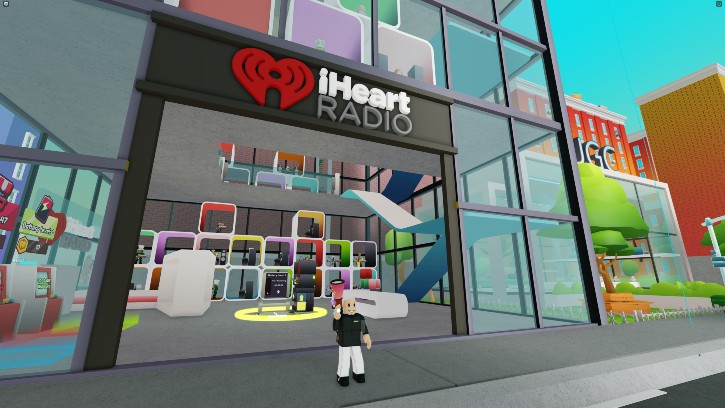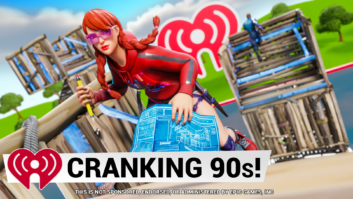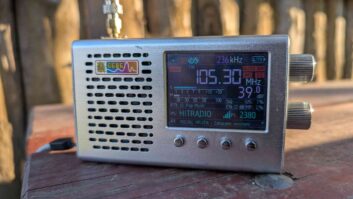I don’t do well on roller coasters. But when presented with a “virtual” ride in the metaverse, I figured that a roller coaster existing only in my mind couldn’t hurt me. Wrong!
I felt so sick I had to take a Dramamine. When engineered correctly, the metaverse really can convince your brain that it’s having an actual experience. Powerful stuff, indeed.
Like it or not, various forms of the metaverse are here already. And like every other new consumer-focused platform, radio needs to figure out a way to become part of the landscape, and learn whether or not there’s a place for us there.
Just weeks ago, iHeartMedia boldly took the plunge into hosting metaverse concerts in the game Fortnite (and subsequently Roblox). Their area within the game is called “iHeartland,” described as a “state-of-the-art, always-on entertainment space where music and gaming collide.”

iHeartland features a calendar of concerts, album releases, podcasts, events, and of course, games. Initial artists include Charlie Puth, Ariana Grande and Travis Scott. It’s an extremely cool way for both artists and radio stations to break new music.
There are some very cool fan experiences being tested in “iHeartland” that involve celebrity interaction in a way that could never happen in the real world.
iHeartland has scheduled an initial 20 events that are unlocked through gaming. Lest you get the impression this is just for fun, they’ve nabbed a major sponsor, State Farm Insurance, with naming rights for “State Farm Park,” which is in the center of the island. The area has a red carpet where players snap selfies, a countdown clock for the next big event, food and tents. Okay, so you can’t really eat the food — at least not yet, but by now I’m sure you get the picture.
[Read More Columns by Mark Lapidus]
Most importantly, radio/audio in some fashion will be able to reach consumers where they are spending significant quantities of time. In the iHeart example, they’re reaching a demo of young men, who are increasingly difficult to attract to broadcast radio.
It’s true that we do yet know the results. Like all new endeavors, we should not be too quick to draw major conclusions. It’s going to be a true exercise of test-and-measure, adjust, test-and-measure, try again … then after an extended time we’ll have a few answers about scalability and whether the metaverse is a place for radio to become a permanent fixture.
It’s also impossible to know if there is a first-mover advantage. While that’s the typical thinking, radio’s past is littered with companies who invested big sums and then failed. Anybody remember the initial stand-alone streaming devices that would send a signal to your computer to listen to streaming radio stations? I have one in my garage and still marvel at how cool it looks and how quickly the company went bankrupt.
There is a medium ground where the radio industry begins testing and, as iHeart is doing, selling in advertisers to cover at least a portion of the cost. Another trick is not to take our overall attention away from our core product. That’s why it’s so useful to have a group of people who specialize in new platforms.
In case you don’t know, the metaverse exists way beyond gaming. There’s a reason that Facebook chose Meta as their company’s new name. If the metaverse sounds like a foreign language to you, it’s past time to do your own research. Got kids? Ask them about it and just watch the excitement as they take you to the latest new world.
As always, drop me an email and let me know what you think to [email protected].







